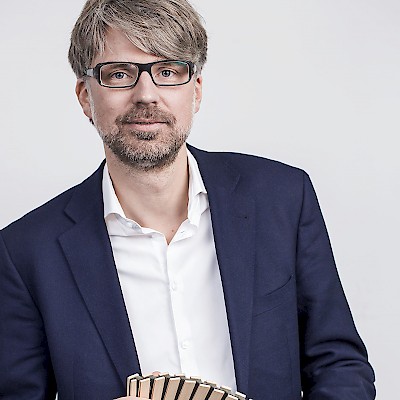
Jan Wurm
Architectural engineering between the poles of material, construction and architectural form is Jan Wurm's passion. He is valued by his customers for integrating design concepts and innovative engineering solutions.
Since his training in a carpentry and glazier's workshop, Jan Wurm has been convinced that the direct handling of materials and close contact to all actors involved in the value chain is essential for creative and sustainable action.
His research into the constructive use of glass for the building shell has made him an internationally recognised expert in this field. Jan Wurm is the author of the book "Glass Structures" (Birkhäuser, in German and English).
As a generalist with a deep technical understanding of the building products and their manufacturing and application possibilities, Jan Wurm has managed a number of successful product and system developments such as the SolarLeaf for the BIQ in Hamburg.
Jan started his career at Arup a decade ago as a project manager and specialist planner in the Materials Consulting and Facade Engineering disciplines in London. In 2008 he joined the Berlin office, where he successfully built up a team of materials specialists for interdisciplinary consulting and planning projects. Jan Wurm has been responsible for Arup's research portfolio in Europe since 2011. In 2012 he was appointed to the management team of Arup Deutschland GmbH, where he represents the "Design & Excellence" portfolio. Since 2016, he has also headed the "Foresight, Research & Innovation" division in Germany.
In addition to practical project work, Jan is active in teaching and research. His last teaching assignments included a lectureship at the weißensee kunsthochschule berlin and a visiting professorship at CIEE Berlin (Council on International Educational Exchange).
Talk: Building Systems
Track: Designing High & Low
Date: Day 1 – 12:30
Location: Neufert-Mansion, Gelmeroda
Language: German
Our buildings communicate with their surroundings via integrated technical systems: both mechanical and electrical ones. Technical systems are based on machines, sensors and computers that we associate with a certain degree of intelligence. Materials and surfaces that determine the spaces of our built environment are usually not part of these systems. The intelligence and responsiveness of our buildings is dematerialized.
This is fundamentally different with natural ecosystems. Living organisms such as plants, trees and moss constantly consume and convert energy and are in exchange with their environment. To use the technical terms of our domain: these materials are active, self-organizing and self-regulating. Biological metabolism does not produce waste, but enables a continuous conversion of material and energy. While our technical systems release carbon during production and operation, living materials absorb carbon through photosynthesis. In contrast to technical systems, however, living materials are slow and, from our perspective, less efficient. Trees, for example, convert about 1% of solar energy into biomass and energy, whereas PV modules, in comparison, have an efficiency of 20% or more.
The lecture takes a closer look at the development and prototyping of building systems at the interface of technical and biological metabolism.